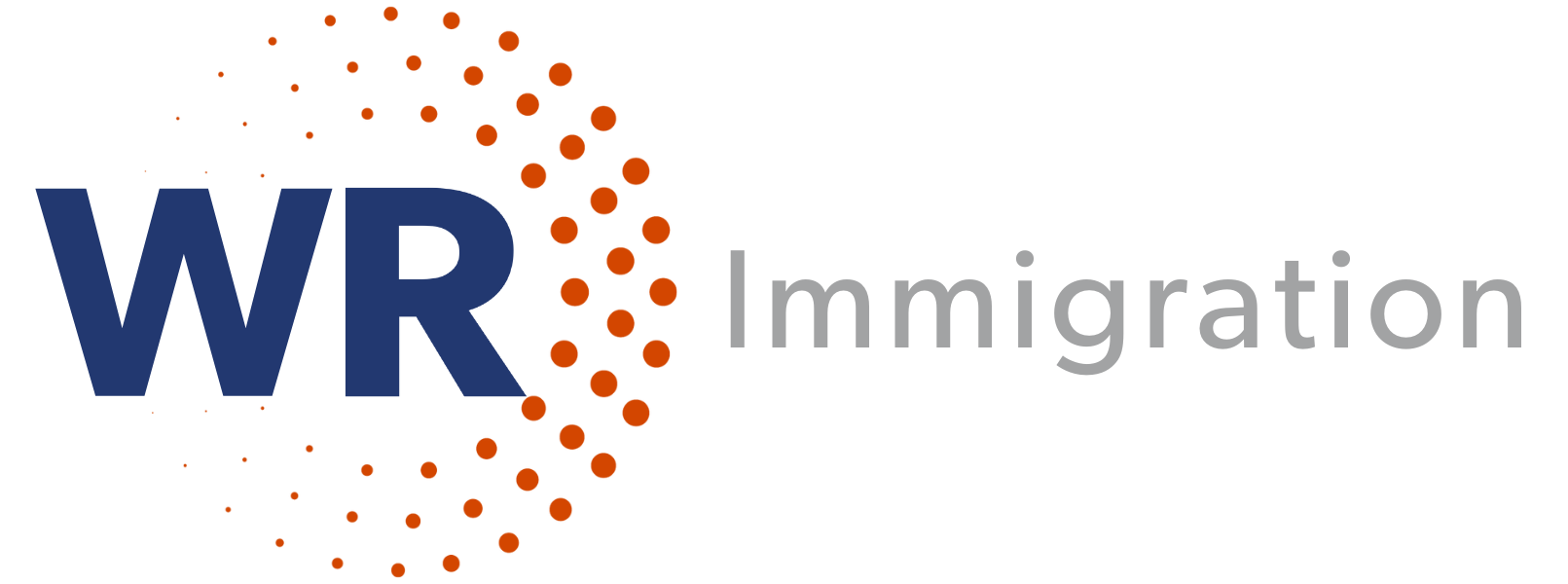The new Subclass 494 Skilled Employer-Sponsored Regional (provisional) visa opened for applications on November 16, 2019 for employers with roles in regional Australia (defined by postcode), which is generally anywhere outside the Brisbane, Sydney, or Melbourne metropolitan areas.
With an application process that is similar to that of the TSS visa, employers with a current Standard Business Sponsorship can start nominating for the new visa right away.
The 494 visa is advantageous for employers in that new recruits arrive with an assessment of their skills against Australian standards (particularly attractive for trades workers), have a higher level of English than required for the TSS visa, and do not require further nomination from the business in order to apply for a permanent visa.
The Skilling Australians Fund (SAF) levy is a one-off payment of AUD 3,000 or AUD 5,000 depending on turnover (under or over AUD 10M pa).
Valid for five years from the date of grant, holders can only live, work, and study in regional Australia. Primary visa holders are also required to work only for their sponsoring employer, and only in the nominated occupation on their visa. After at least three years of working on the 494 visa, holders can transition to permanent residency via a Subclass 191 Permanent Residence (Regional) visa.
Also introduced on 16 November 2019 was the Subclass 491 Skilled Work Regional visa, which is a temporary visa sponsored by a State/Territory or Australian relative. This visa is also valid for 5 years and requires that holders live, work, and study in a regional area of Australia.
Similarly to the 494, after three years, applicants can transition to a permanent visa under Subclass 191 provided they have an annual taxable income of at least AUD 53,900.
Other Changes
- The immigration authorities have released a list of postcodes around Australia that are deemed to be ‘regional’ for immigration purposes. The postcodes only apply to new visa applications, so current Subclass 489 Regional visa holders cannot move to the newly announced regional locations.
- The Regional Skilled Migration Scheme (RSMS) Subclass 187 visa closed to new Direct Entry applicants on 16 November 2019. Only certain transitional 457 or TSS workers can still apply for the RSMS visa through the Temporary Residence Transitional stream.
- The immigration authorities have removed the English language test waiver for Subclass 186 ENS visa applicants who have completed at least five years of schooling conducted in English. Applicants who wish to transition to permanent residency will now need to provide evidence of Competent English via a formal language test or by showing an exempt passport (from UK, USA, IRE, CAN, NZ).
- Fair Work Australia is actively investigating reports of workers on temporary work visas being underpaid or paid less than Australian employees doing the same job or asked to pay back a portion of their wages. ‘Payback’ or ‘payment for sponsorship’ arrangements are unlawful in Australia, and where breaches have been confirmed, significant penalties have been imposed on companies as well as Directors and Shareholders.
Our Advice
- Employers should note the new visa type when planning their staffing.
- Employers should periodically review the wages of their temporary work visa holders to ensure compliance.
- Employers who may be affected by these or any other issues are encouraged to contact a Wolfsdorf Rosenthal immigration attorney or reach out to the WR Global Immigration team by emailing Global@Wolfsdorf.com


